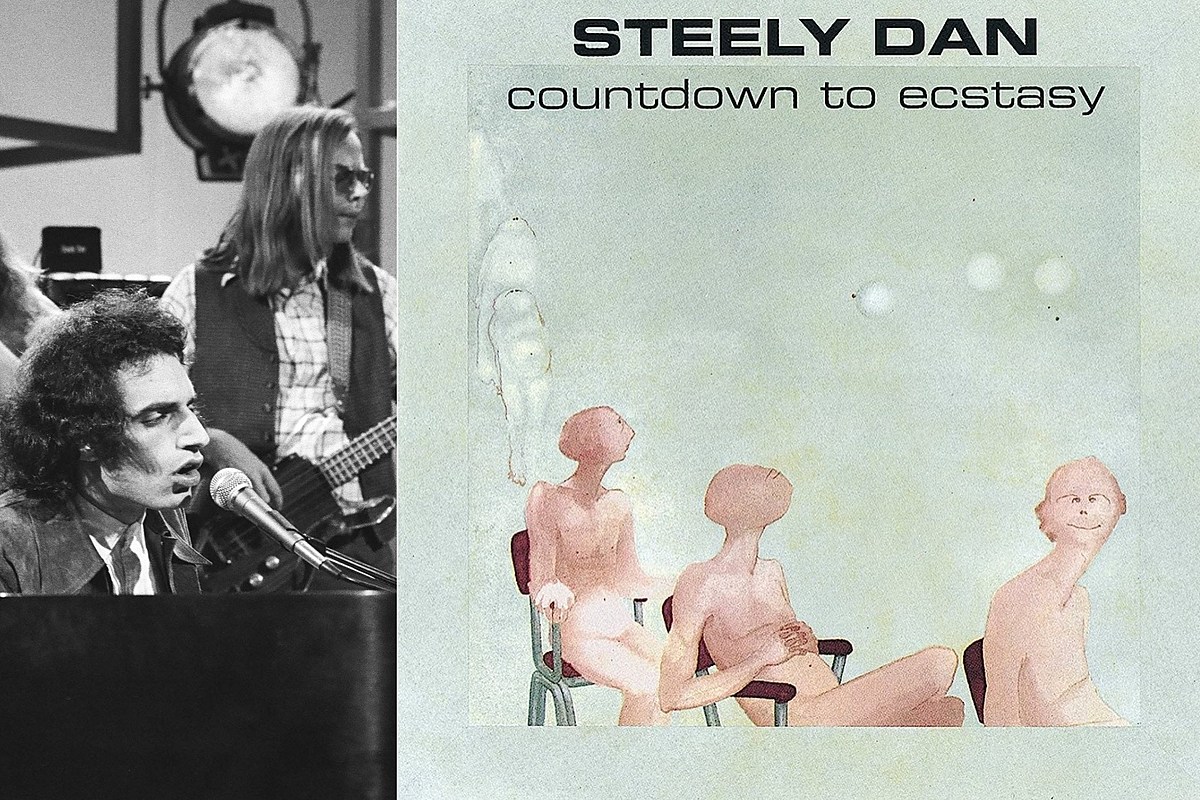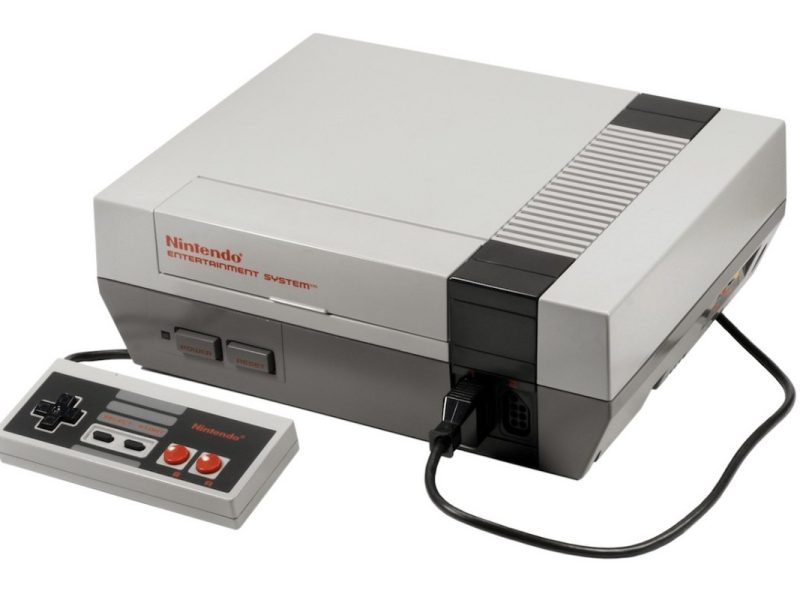Steely Dan became unlikely hitmakers with their debut album, Can’t Buy a Thrill, but they refused to retread familiar ground on their sophomore LP, Countdown to Ecstasy, released in July 1973.
ABC Records had high hopes for Donald Fagen and Walter Becker’s ascendant jazz-rock unit following the success of Can’t Buy a Thrill, which peaked at No. 17 on the Billboard 200, quickly went gold (and eventually platinum) and spawned the Top 15 hits “Do It Again” (No. 6) and “Reelin’ in the Years” (No. 11). Steely Dan went on tour in support of the album and, in a rare occasion for the band, worked up a new batch of songs while on the road.
Countdown to Ecstasy “was the only album where the songs were developed on the road, in rehearsal and onstage,” Fagen told Mojo in 1995. “We were playing them before the album was recorded, so it had a more live, blowing feel about it.”
This approach is evident on album opener “Bodhisattva,” a bop jazz rave-up with a pair of scorching solos from guitarists Denny Dias and Jeff “Skunk” Baxter. The second single “My Old School” — inspired by a drug bust at Fagen and Becker’s alma mater, Bard College — likewise has a crackling live energy to it, propelled by Fagen’s peppy piano playing and a blustery saxophone quartet.
Listen to Steely Dan’s ‘My Old School’
Other tracks, like the sinister “Show Biz Kids” and the breezy “Your Gold Teeth,” show the band’s knack for effortlessly cool, metronomic jazz-rock arrangements. Lyrically, the album is an acid-tongued rap sheet of grifters, degenerates and sex workers, with sardonic screeds against Hollywood’s upper crust and musings on nuclear annihilation.
It’s all characteristically heady Steely Dan fare, and the label was less than thrilled about the results. “When we finished that record, a number of executives came to the studio to hear it played back for the first time and nobody seemed to like it,” Dias told Mojo. “They were so unhappy about it that there was hardly any promotion for it and it was disappointing commercially. We were trying to go higher and better, and they were looking for something more saleable. They were used to AM pop stuff, and what they heard was a little more sophisticated and they didn’t know what to do with it.”
Consequently, Countdown to Ecstasy far undersold its predecessor, stalling at No. 35 on the Billboard 200 and taking nearly five years to earn a gold certification. Although many fans and critics have retroactively praised it as some of the band’s finest work, its lack of hit singles prompted Steely Dan to change tact on their third album, Pretzel Logic, which featured more concise pop-rock songs and produced their biggest hit, “Rikki Don’t Lose That Number.”
Despite its commercial failure, Countdown to Ecstasy‘s musical eclecticism was a point of pride for the band. “I’m not particularly anxious to narrow it down,” Becker told the Los Angeles Free Press in August 1973. “I think the diversity makes it much more interesting for us and hopefully for the people who buy the albums. There’s a lot of things you can grab onto, but that doesn’t mean the band has to be so predictable and familiar that you can instantly associate one cut with the next. I don’t think the diversity harms that at all.”
Steely Dan Albums Ranked
Steely Dan’s recorded output fell into three separate, yet very distinct eras. But which one was best?



